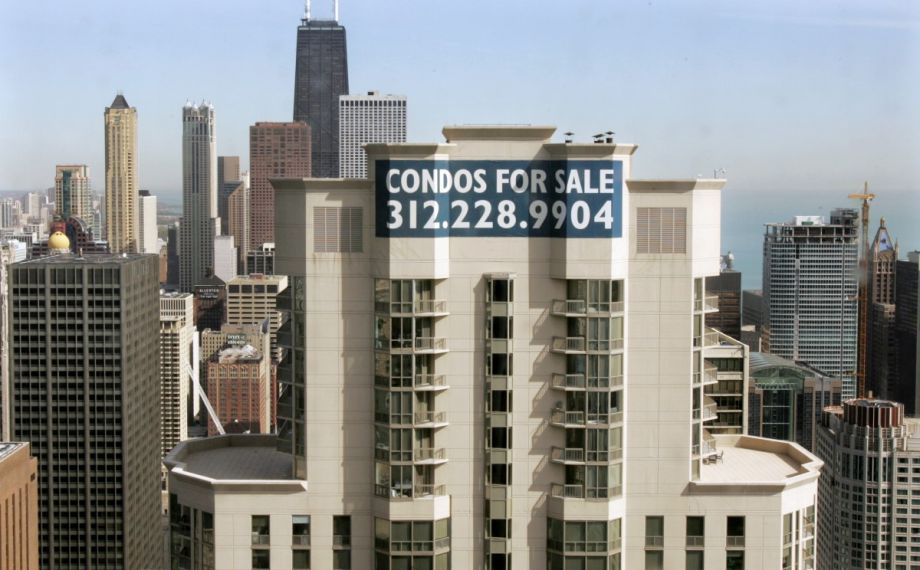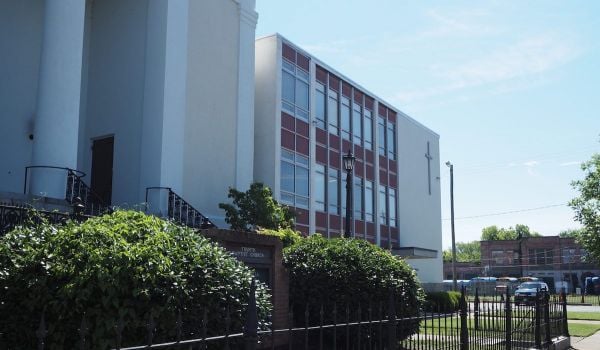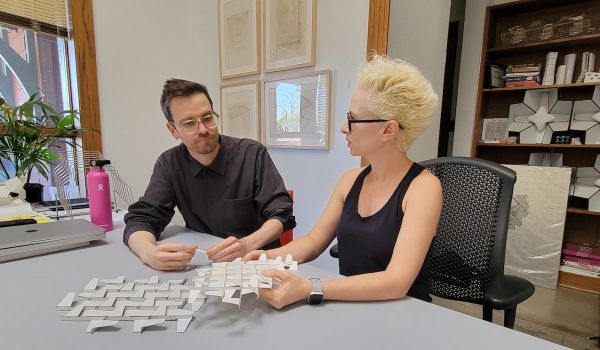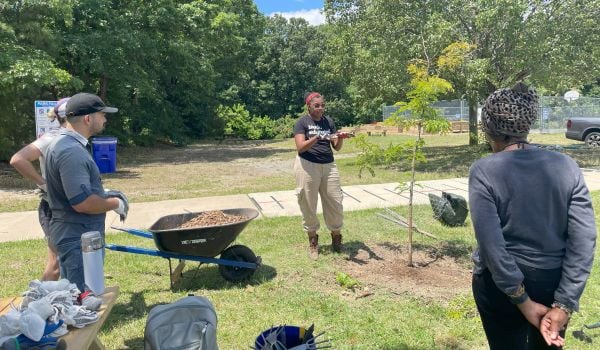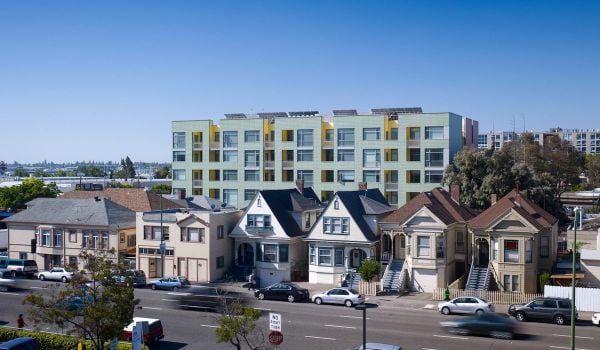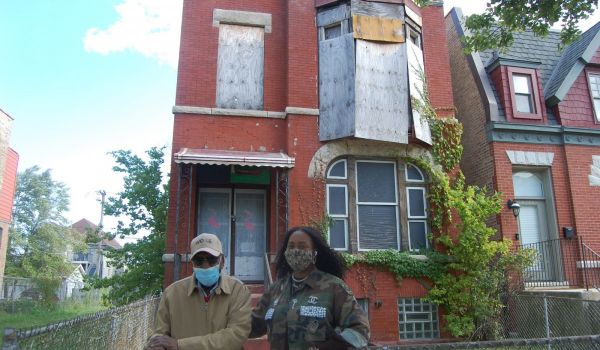You might roll your eyes at NIMBYs every time they cry “neighborhood preservation” in the name of stopping change. But whether they know it or not, preservation of existing buildings might be key for enhancing a city’s sustainability.
“It’s just common sense that replacing an existing object with a new object is going to have an environmental impact. I don’t think we can keep building at the rate we’re building and expect that we’d be reducing our carbon footprint,” says Jean Carroon, principal at Boston architecture firm Goody Clancy and author of the book Sustainable Preservation: Greening Existing Buildings. Carroon and colleague Ben Carlson published an article in the latest issue of Architecture Boston arguing for more preservation in the name of sustainability.
The upstream carbon impact of new materials — extraction, manufacturing, packaging, shipping — and construction emissions mean new buildings pack a big environmental punch.
“Once I became an architect I got interested in how you make new buildings greener,” says Carroon, who has been an environmentalist since she graduated from the University of Oregon in the 1970s. “It always seemed a little skewed that we would use extraordinary amounts of materials to create low energy buildings.”
According to the National Trust for Historic Preservation, it can take 10 to 80 years for a new building that’s 30 percent more efficient than the building it’s replacing to overcome the negative environmental impacts of construction — and that, says Carroon, might not be good enough.
“The next 20 years are really critical [for climate change],” says Carroon. “If it takes 10 or 15 years for a really efficient building to pay off its carbon debt, that’s a problem.”
The idea of preservation as sustainability solution is not groundbreaking, but now is perhaps a good time to revisit the concept as city populations boom and the impacts of climate change become increasingly threatening. Preservation fits neatly into the United Nation’s recently adopted Sustainable Development Goals (SDG). In September, the UN released its list of 17 goals and 169 target issues meant to tackle global poverty, violence, environmental degradation and more over the next 15 years.
One of those goals is to make cities more sustainable. The UN recognizes that cities have an outsized impact on environmental health. The report says, “The world’s cities occupy just 3 per cent of the Earth’s land, but account for 60-80 per cent of energy consumption and 75 per cent of carbon emissions.” Given that, SDG sets targets to “reduce the adverse per capita environmental impact of cities” and “substantially increase the number of cities and human settlements adopting and implementing integrated policies and plans towards inclusion, resource efficiency, mitigation and adaptation to climate change, resilience to disasters.”
Carroon knows the push for reuse and preservation is an uphill battle. “Obviously new construction and new housing starts are a major part of our whole economy.”
In her Architecture Boston article she also points out that, “It is almost always less expensive and easier to replace a whole building and almost any of its elements — doors, windows, light fixtures — than to repair and reuse.”
Carroon says ultimately she just wants to encourage more common sense environmentalism where it’s possible.
“I’m advocating for thoughtful reuse of what exists,” she says. “And if we are going to build new buildings and replace old building we should try to build projects that use resources wisely.”
But, that advocacy will likely do little without significant policy reform. There are few incentives in place to encourage building retrofit and reuse relative to the reduced risk and financial incentives of new construction. Preservation Green Lab, a partnership between the National Trust for Historic Preservation and Urban Land Institute, is focused on research around preservation-as-sustainability and advancing preservation policy prescriptions.
In a report on retrofitting old buildings in Philadelphia, Green Lab lays out some of the nitty-gritty policy they say is necessary for incentivizing preservation. It includes extending property tax abatements, creating new tax incentives for homeowner rehabilitation plans, establishing city funds for critical reuse projects and using them to pay for citywide historic preservation projects, and modify zoning codes to facilitate reuse over new development.
Obviously there are many environmental externalities not captured by one-to-one comparisons of new construction versus rehabilitation of existing buildings. And in our era of rapid urbanization, new construction will be necessary to accommodate soon-to-be city-dwellers that will make up the projected urban super-majority of the year 2050. Sure, dense cities mean shorter commutes, less driving and less need for new roads — all potential benefits to help offset the impact of the new building construction. But it’s clear that the detrimental environmental impact of construction is an important factor to consider as city populations and new construction continues to boom around the world.
The Works is made possible with the support of the Surdna Foundation.

Josh Cohen is Crosscut’s city reporter covering Seattle government, politics and the issues that shape life in the city.
Follow Josh .(JavaScript must be enabled to view this email address)


